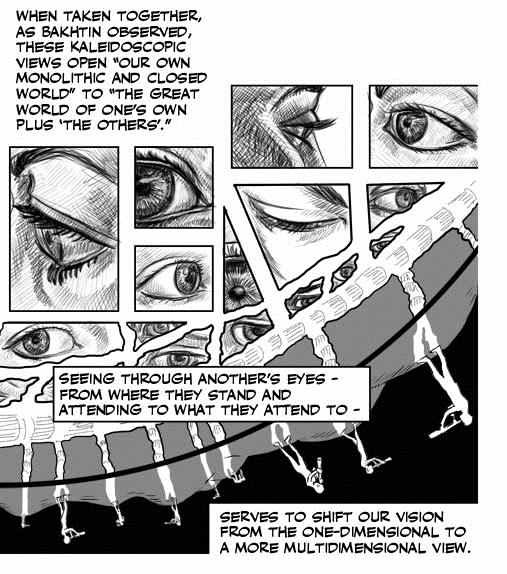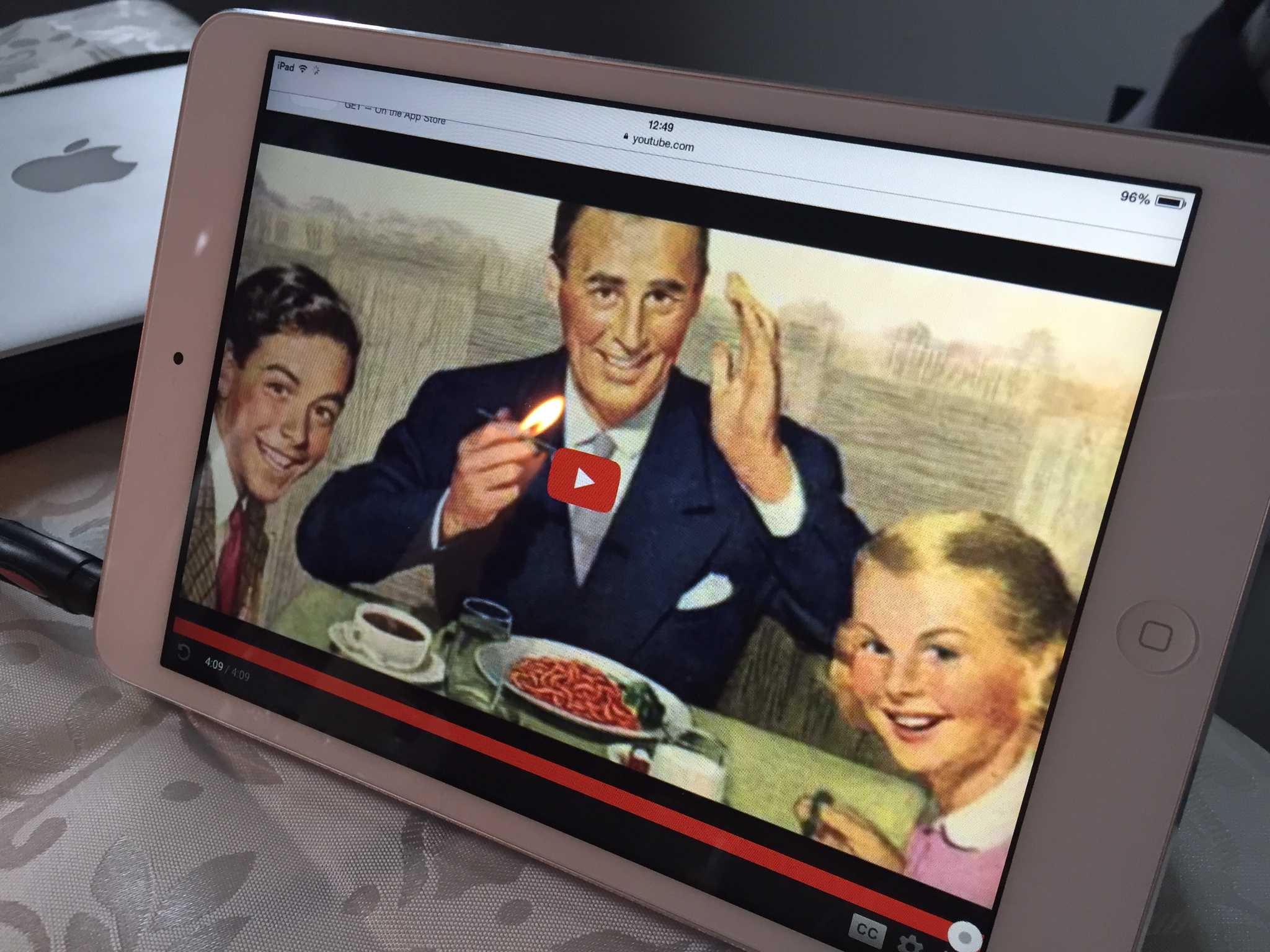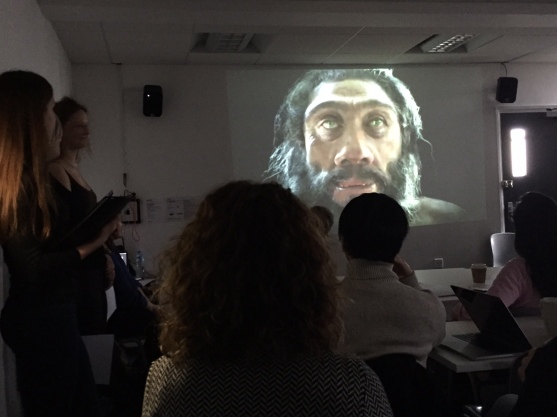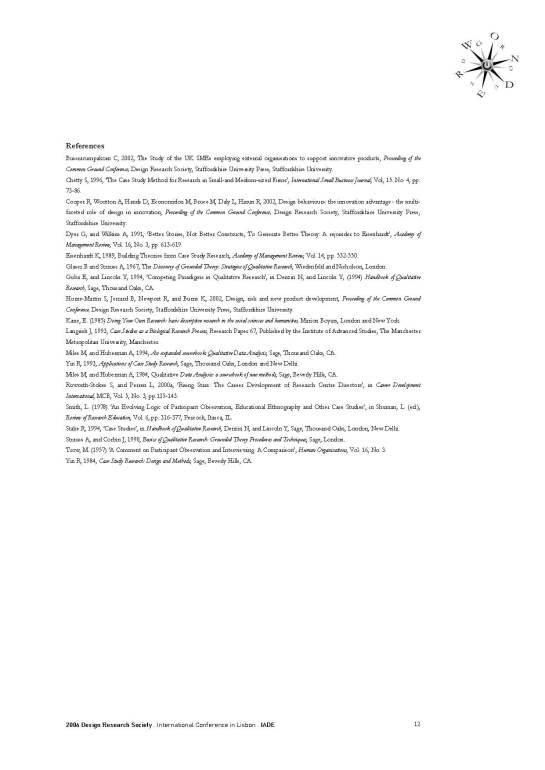Frantz Fanon: The Militant Philosopher of Third World Liberation
rs21onOctober 25, 2015
http://rs21.org.uk/2015/10/25/franz-fanon-the-miltant-philosopher-of-third-world-liberation/
Leo Zeilig‘s biography of Frantz Fanon, The Militant Philosopher of Third World Liberation, is out on 5 November. Here are a few teasers from the book with introductions by the author.

In 1953 Fanon moved to Algeria to work in the small town of Blida, about 50 miles from the capital Algiers. He applied for a position as a psychiatrist, having recently qualified. Fanon did not leave France for Algeria because he predicted the future publishing success of The Wretched of the Earth, or that a war and revolution against France was about to break out. Algeria transformed Fanon. At the large hospital in Blida he experimented with therapies that he had seen at Saint Alban and developed with the Spanish revolutionary psychiatrist François Tosquelles. After 1954 the hospital was quickly drawn into the war.
The Hospital at the Time of the Revolution
The hospital that had been for a brief period a sanctuary for those physically and psychologically injured was sucked into the maelstrom. Members of Fanon’s staff were arrested, some beaten, others had joined in the strike action called by the Front de Libération National; others went to fight in the mountains. As Fanon’s colleague Alice Cherki remembers, ‘the hospital was considered to be a veritable nest of fellaghas. Fanon was certainly a target … a sweep up was being prepared.’ There was no neutrality. A repressive noose was tightening around Blida’s hospital.
Fanon’s working life was also overturned. His was now seeing patients who were suffering from torture, or inflicting it. Despite Fanon’s post-1961 image as an apostle of violence, he treated, with great humanity French-Algerian torturers – some of these stories appear as case notes in the final chapter of his last book. Both torturer and tortured in Fanon’s psychiatric practice were victims of the Algerian war.
One story illustrates the Fanon’s humanity. A patient, a policeman, was referred to Fanon. He complained that he could not sleep at night. Each time he fell asleep he was woken by the sound of screaming. Each scream, he explained to Fanon, he recognised as the screams of a man beaten up, hung from his wrists for two hours, and the final highest pitch was the scream as a person was being electrocuted. Fanon helped to secure the policeman sick leave after which he returned to France. In the middle of one consultation Fanon was called out. Josie, his wife, suggested to the policeman that he wait in their house inside the hospital grounds. Instead the policeman decided to walk in the hospital grounds. A short time later Fanon saw the patient doubled over dripping with sweat. He had passed one of his victims in the hospital. Fanon gave him a sedative and calmed him down. Fanon then went in search of the tortured Algerian. Eventually he was discovered cowering in a toilet, terrified that the police had been called and he would be arrested and tortured again. Finally, Fanon convinced him that he was mistaken and that he had not just seen the policeman.
Such was the work of this apostle of violence …







,P/http://www.arts.ac.uk/media/arts/study-at-ual/library-services/images/walter_crane_painting_book.jpg)








